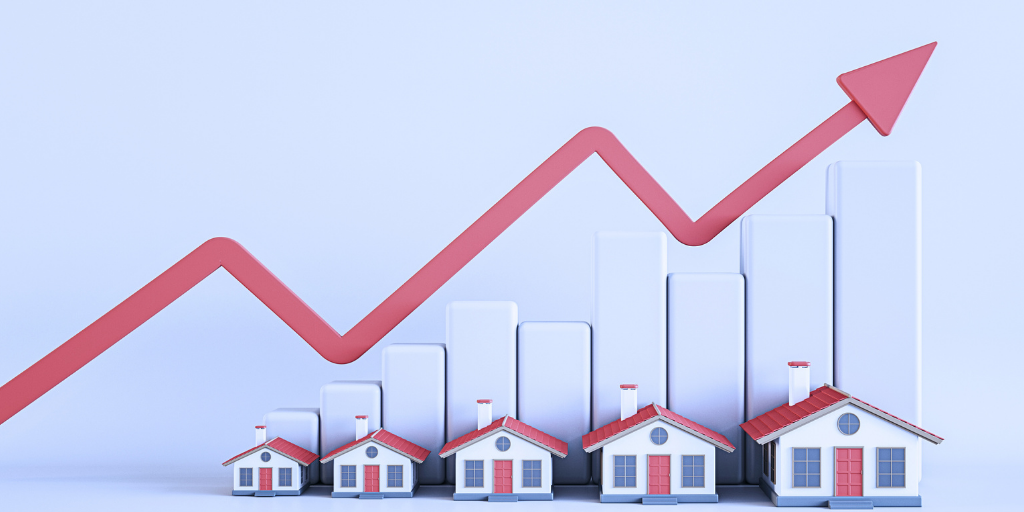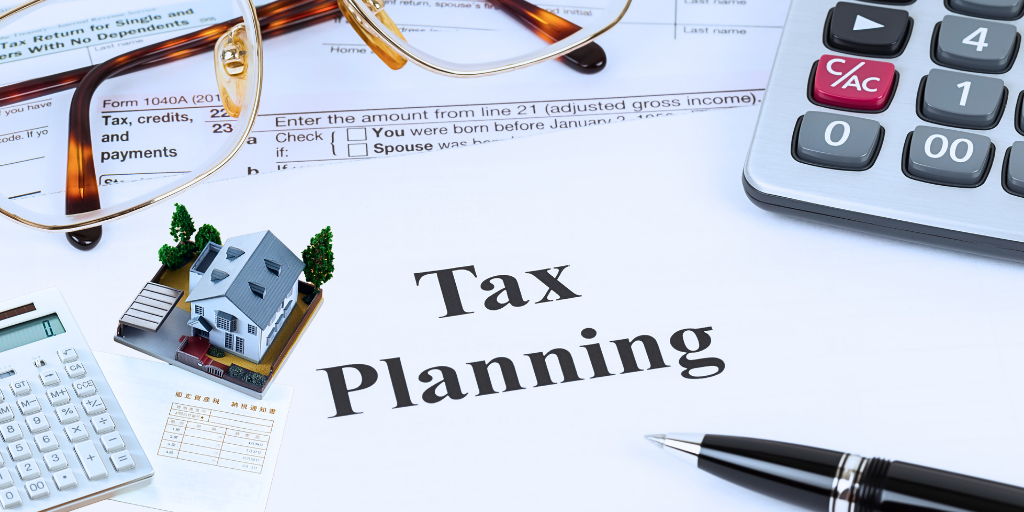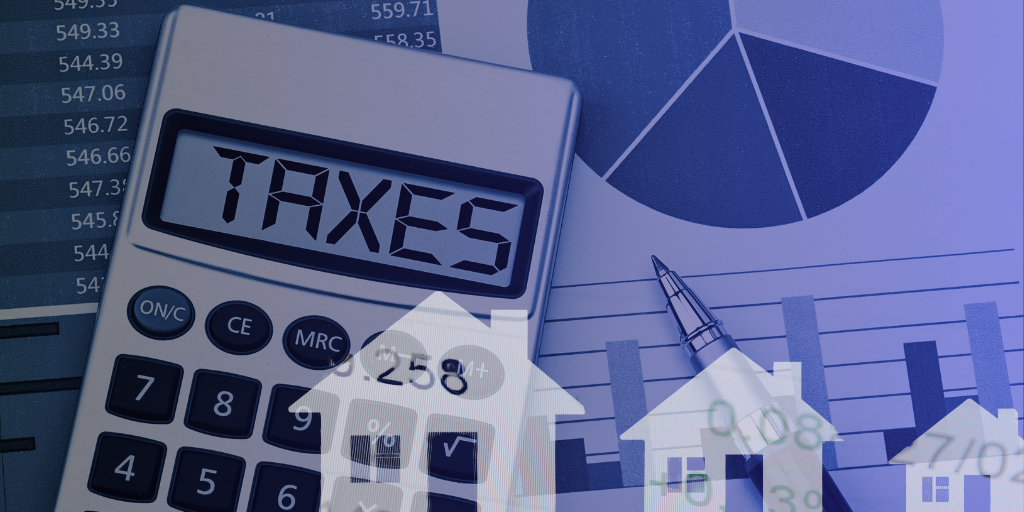Property taxes are one of the most significant recurring expenses for real estate investors, and understanding future trends can help you plan better, minimize surprises, and maximize returns. With 2026 on the horizon, investors should anticipate several shifts that could impact both residential and commercial real estate markets.
1. Rising Property Valuations
Property values have been steadily increasing in many markets, and this trend is likely to continue into 2026. Higher assessed values often mean higher property taxes. Investors should factor in the possibility of increased annual tax bills when calculating ROI, especially in fast-growing areas.
2. Local Government Budget Pressures
Many local governments are expected to face higher spending needs in 2026, from infrastructure upgrades to public services. To cover these costs, municipalities may raise property tax rates or adjust assessments more aggressively. Staying updated on local budget proposals is key.

3. Shifts in State and Federal Policy
Policy changes at the state or federal level could reshape property tax structures. For example, adjustments to tax caps, exemptions for homeowners, or incentives for sustainable housing could shift the burden toward investors and landlords. Monitoring legislative updates will be crucial.
4. Impact on Rental Markets
Higher property taxes typically lead to increased rental rates as landlords pass on the added costs to tenants. While this could boost income, investors must be mindful of local rental demand and affordability. Overpricing may result in higher vacancies.
5. Opportunities in Tax Planning
* Smart investors can mitigate the impact of rising property taxes through proactive tax planning. Strategies include:
* Challenging property tax assessments.
* Leveraging deductions and depreciation.
* Exploring markets with favorable property tax climates.

6. Regional Variations
Not all markets will be affected equally. States like Texas, Florida, and Louisiana may continue experiencing above-average property tax hikes due to rapid population growth, while others with slower growth may see modest increases. Location-specific research will be vital in choosing where to invest.
Final Thoughts
The 2026 property tax forecast suggests rising costs, tighter margins, and more pressure on investors to adapt. But with preparation—whether through tax planning, market research, or smart pricing strategies—you can stay ahead of the curve.

📌 Investors who prepare now will be better positioned to turn challenges into opportunities in the years ahead.


